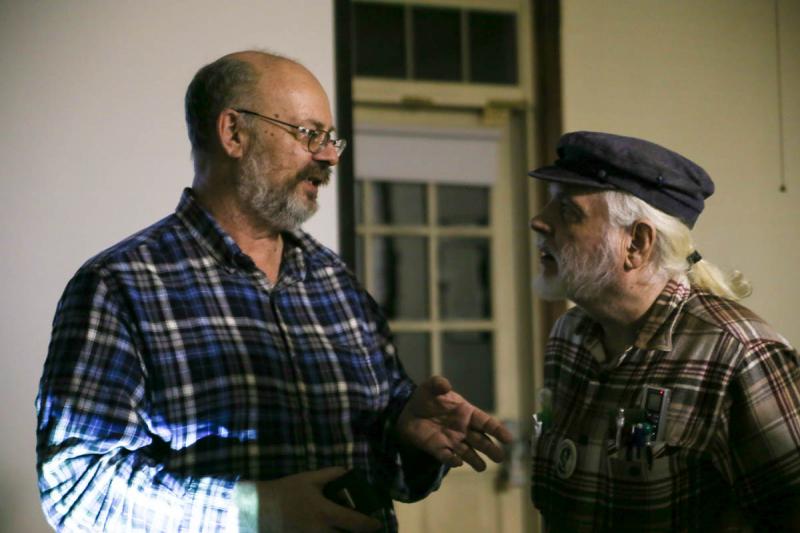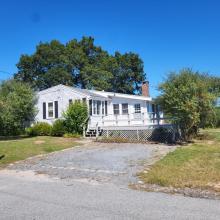Historical New England houses, relived
Many of the Dartmouth's historic buildings are remembered most for their inhabitants. And, as historian Richard Gifford noted, some of those homeowners were quirkier than others.
The latest talk presented by the Dartmouth Historical and Arts Society, "The Houses of the Descendants of William White," featured Gifford, who spoke about some of Dartmouth’s historical houses. More than 25 attendees filled up the Russells Mills Schoolhouse on Sunday evening to listen to the talk.
Gifford's lecture painted a picture of New England's earliest and most influential family. Most of these historical homes and locations were built or owned by the descendants of William White, who arrived in America on the Mayflower.
According to Gifford, White inhabited the Handy House, bought by Dr. Handy in 1792. A grand house with an unusual combination of architectural styles and a large pediment adorning the front door, Handy was more renowned for having "never sent a bill to a single patient," Gifford said. However, neither did he ever pay bills sent to him, Gifford added to the amusement of the crowd.
Much of the presentation was colored by the colorful people that inhabited the homes. These forgotten figures include Civil War soldiers who commandeered a ship from the British while they were roaming for food to a Rhode Island man who built carriages and coffins to give people "comfy rides whether they were traveling through this life or the next."
One such story revolved around Abe Manchester, the owner of the rival convenience store that two descendants of White owned called Gray's Convenience Store in Little Compton. A moody and quiet man, after seeing a friend steal a stick of butter and sneaking it under his hat, Manchester went out of his way to chat with said friend, ushering him over to the fireplace to catch up.
Soon enough, the butter began melting down the man's face. Manchester eventually let him go on his way, satisfied with his petty revenge.
There were several William Whites in the community, but most interesting was Dr. William White, a “great, great, great grandson” of White and the maker of Dr. White's Specialty for Diphtheria. Though not very useful for diphtheria, it was a "deadringer for a Manhattan," Gifford said. "Probably why it sold so well during Prohibition."
For George Wilkes of New Bedford, an “honorary” member of the society, the talk served as a “quasi-geneological” journey through his own family history. Having grown up on Fisher Road, Wilkes is the descendant of the Whites and Kirbys. He is also familiar with many of the houses, and Gifford helped to place them within a “historical context.”
Gifford, who resides in Little Compton, Rhode Island, lives close to many of the dozens of houses discussed. He’s spent more than 10 years culling through records to learn about the histories and ownership of the houses.













